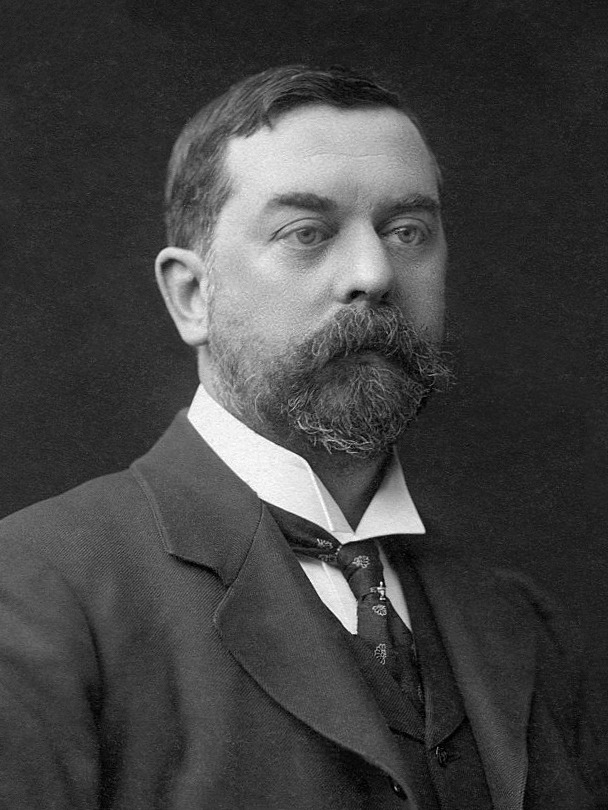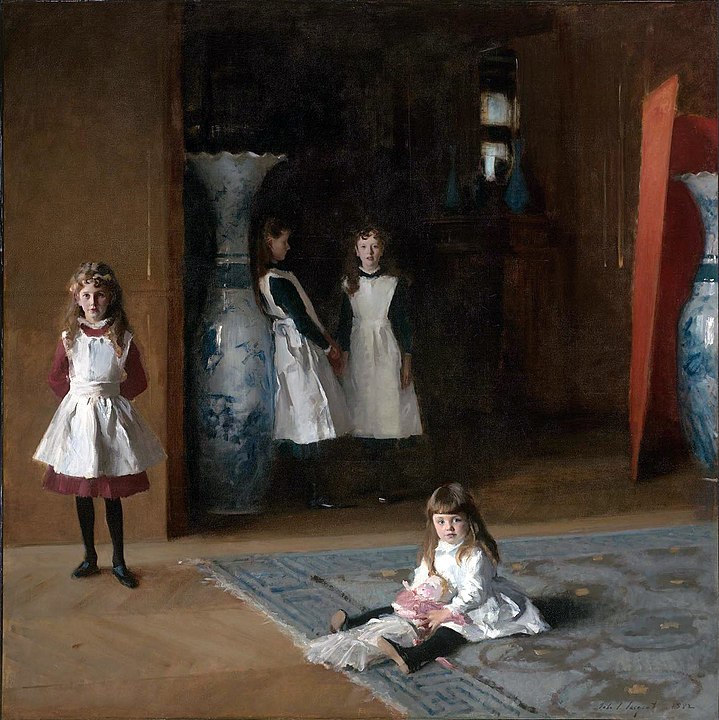There are very few people in the whole world who don’t know the renowned portrait painter of the 20th Century, John Singer Sargent. The expatriate artist was known for his evocation of Edwardian-era luxury, painting portraits, and countless sketches in oil painting, watercolors, and charcoal.
Sargent undertook his early training from Paris, after which he moved to London. His unique techniques and precision with colors got him the most-deserved fame and recognition. Even today, his painting techniques are in-vogue and people use these secrets to create masterpieces of their own. Do you also want to know the secrets of the portrait master’s expertise? Keep reading to learn more.
Painting from Life
One of Sargent’s best-known secrets about painting mind-blowing portraits is that he almost always drew from real life and in very few instances used photographs to gain inspiration.
According to his pupils, he used to place the canvas on the same level as his model and then used to walk till the canvas and model were at the same pedestal in front of his eyes. In this manner, he was clearly able to see the model as well as his canvas in the same light, angle of vision, and distance.
Always Start With the Head
Sargent always began his painting from the head of the model. If his understructure of the head was incorrect, he used to ruthlessly scrape the work and repaint the head from scrap. In this way, he was able to achieve the perfect head shape.
In the beginning, he would work only for the middle tones and then gradually move to shape the head purposefully, giving it density, depth, and sharpness. Generally, Sargent usually began with a rough outline and once he was satisfied with the structure, he would use his brush effortlessly to give it the finished appeal.
Using Brushes Effortlessly
Sargent followed strict guidelines about maintaining good thick brushes that hold pain and resist the stroke on the canvas. He also abided by the rule that the thicker one paints, the more color flow on the canvas. There was a certain lightness and certainty in his paintings which made them more beautiful and intricate.
Sargent always taught his pupils to use a full brush and a larger one than necessary. He instructed them to paint with long weeps and avoid spots and dots which would usually make a painting more dull and unattractive. Another technique followed religiously by Sargent was painting in halftones and general passages. He made a point to instruct his pupils to paint one thing into another and not side by side.
View from a Distance
Whenever his painting was over, Sargent would always walk a few steps back and view his work from a distance. This would give him an accurate idea of what the finished design looks like and if there’s anything left to do. If there’s a blotch here or there, something has been over painted or left under painted, the tones aren’t subtle or mild or anything of that sort.
His habit of stopping and stepping away from his painting to admire it was quite common and usually picked up by his pupils. Everyone who has had the privilege of watching Sargent painting in his studio was accustomed to watching him step back from his painting every now and then. This method allowed him to view the geometric perspectives clearly hence improving the quality of work. If you want to get your hands on the best reproduced masterpieces by John Singer Sargent, you can visit https://www.1st-art-gallery.com/John-Singer-Sargent/John-Singer-Sargent-oil-paintings.html.
Criticizing his Own Work
Sargent was a tough critic of his own paintings. He had the unusual power of detaching himself from the art and viewing it from the viewer’s perspective: a quality very rare in impressionist artists.
If he was not satisfied with his work, he would often go to lengths like erasing the entire painting at times, just to re-do it from scratch. He believed that the art of self-critique was very essential for every artist.
Sargent Following Carolus Duran’s Teaching
Carolus Duran was Sargent’s master and he owed a great deal of his fame to the teachings, methods, and techniques he learned under him. He learned to simplify a painting by omitting all but the most essential elements.
Sargent also learned, under the guidance of Duran, the secret of painting in halftones of each plane. He also understood the importance of economizing the accents and how to handle the lights while painting portraits.
John Singer Sargent’s Color Palette
The renowned impressionist artist experimented a lot with painting outdoors in which he included natural colors. His main palette included new colors introduced in the 19th Century such as Flake White, Cobalt Blue, Red Lead, Cerulean, French Ultramarine, Mars Yellow, Vermillion, Mars Red, Madder Deep, Viridian, Raw Sienna, Mars Brown, and Raw Sienna.
Summing Up
John Singer Sargent was always known to be generous to his fellow artists. He spent a good deal of time teaching others whatever knowledge he gained and acquired after years of painting using brushes on canvas. His painting methods were unique, useful, and adaptable. Miss Heynemann, a pupil of Sargent has provided us with a good account of what it was like being taught by the legend himself. She had the privilege of watching him create masterpieces in front of her and would explain the process as the sudden lifting of a blind in a dark room.


